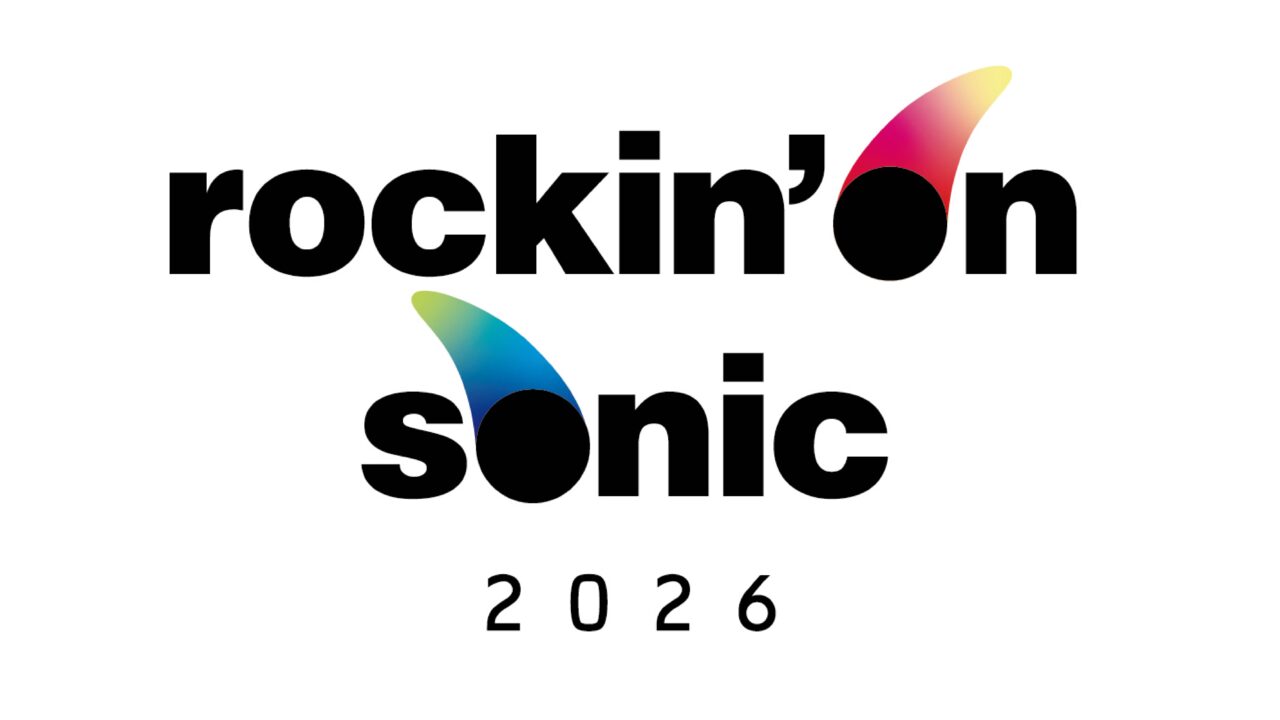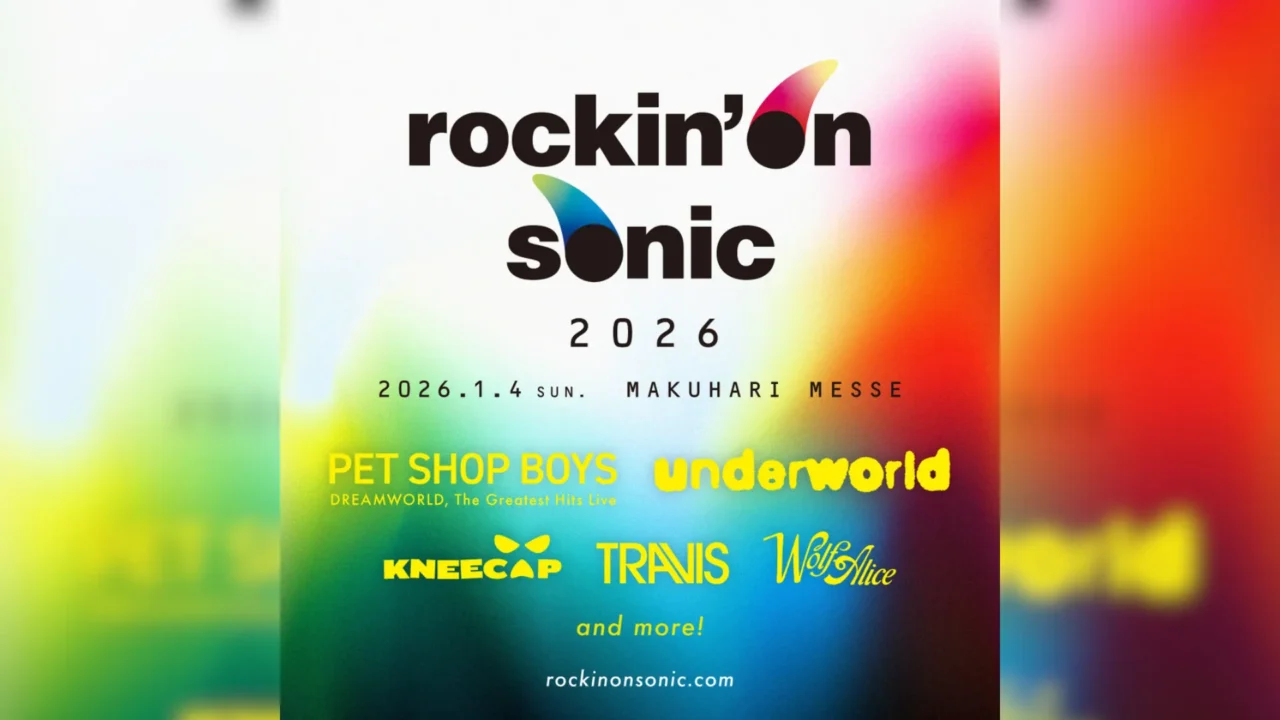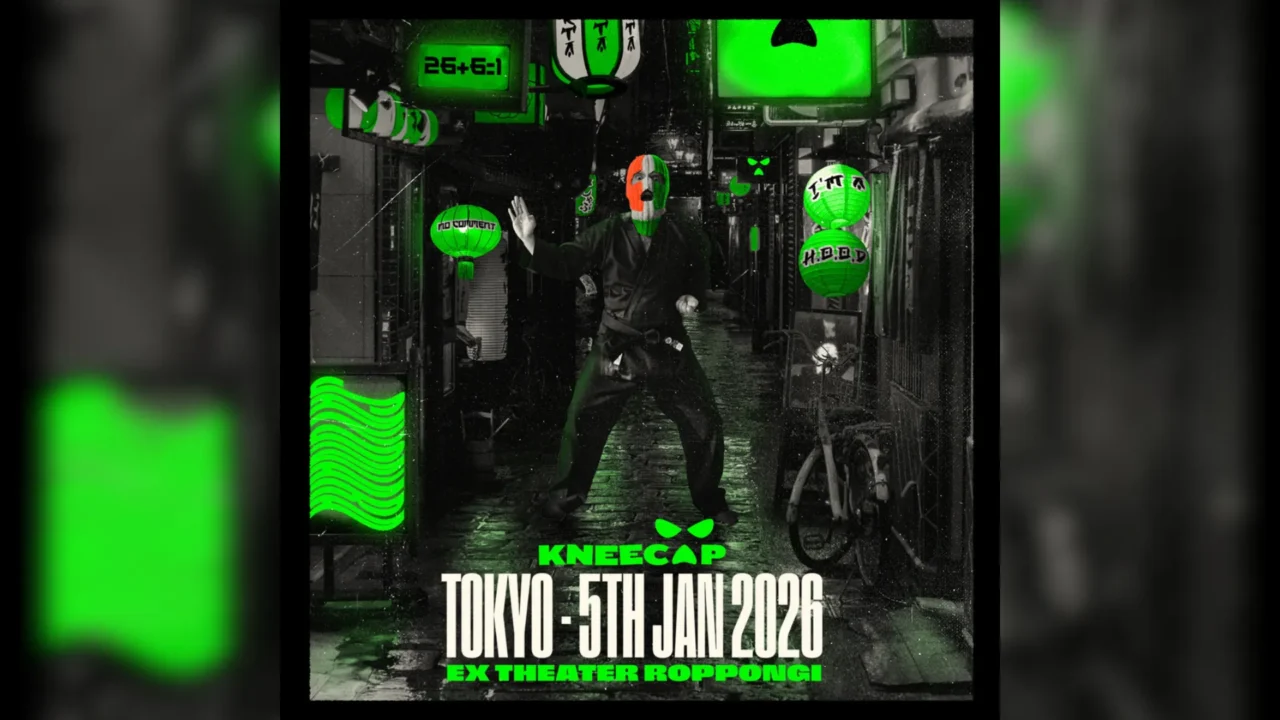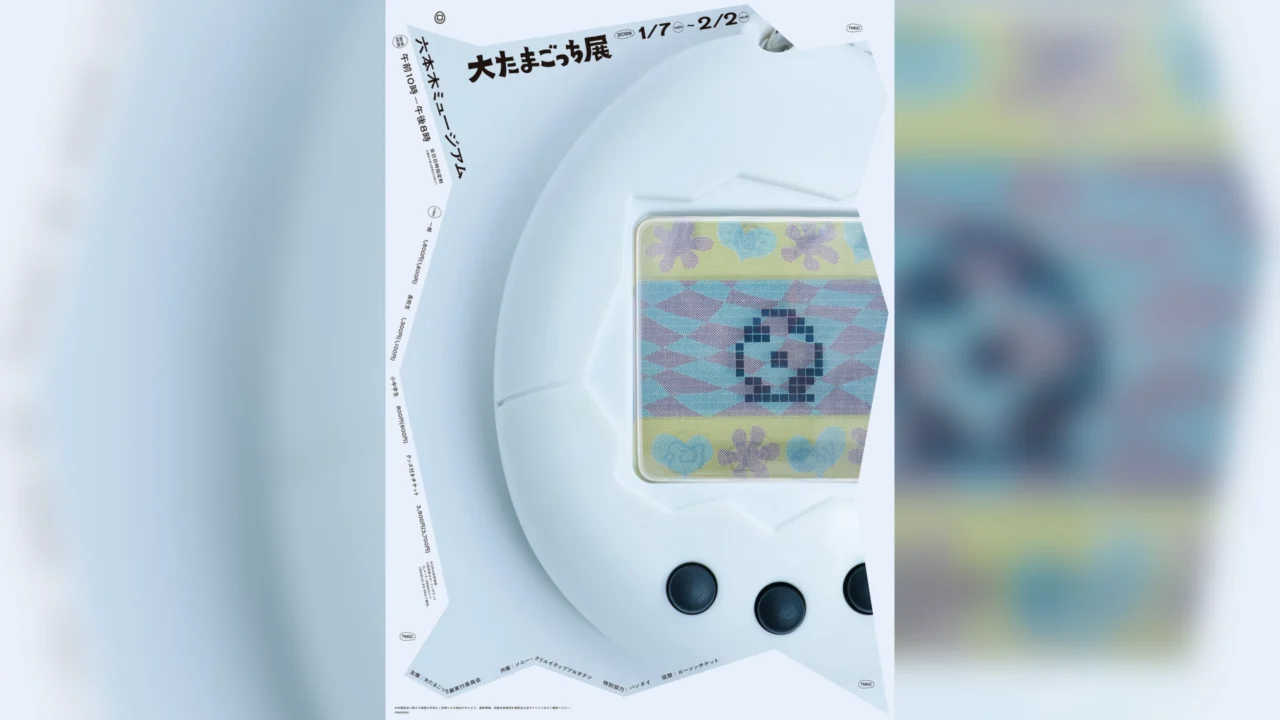INDEX
Developing the inherited techniques for the next generation
– You’ve worked with various brands in New York. What kind of companies or brands would you like to collaborate with in the future?
Oomaru: I would like to work with people who have similar aspirations. Hopefully, I can create a new culture with them. We are starting with a single piece of clothing, but I think it would be interesting if it gradually becomes a culture or an idea that is passed down to future generations.
For example, the SDGs are a very important theme these days, but it is a matter of course for those who make things. It is just like a mother saying, “You have to make a meal without wasting the leftovers in the refrigerator. It is natural for people to wear their clothes for a long time and to pass on their skills. I would feel bad if something I made was thrown away in front of my eyes. And since the earth is not that logical, it is not realistic to try to achieve all the contents of the SDGs. But it is meaningful to set goals and work toward them. In that sense, I would like to work together with a company that is not only interested in the SDGs on the surface, but also in the essence of pursuing its own sustainability, because we have similar aspirations.

– That’s why one of your focuses is to maintain a relationship with Japanese sewing factories.
Oomaru:My company has two businesses. Oomaruseisakusho 2 is engaged in consulting, patternmaking, design planning, sample production, and other contract work in clothing manufacturing in New York. OVERCOAT, on the other hand, is a D2C business, which plans and designs in New York and mass-produces and sells them in Japan.
In tailoring, the way of making clothes in Made in Italy and Savile Row in England are different from each other, and in our case, we have inherited the Japanese way of making clothes. People say we are self-taught, but at least we have authors of books, and we follow their knowledge and history. And I also think it is my role to connect that to the next. People often talk about passing on skills, but unless we not only pass them on but also develop them, they will not essentially lead to the next step. In OVERCOAT, we dare to say “MADE BY JAPAN” instead of “MADE IN,” and we would like to pursue manufacturing that inherits and develops technology.
– Some other Japanese domestic brands could also call themselves as “made by Japan,” what do you think makes OVERCOAT stand out among them?
Oomaru: Clothing is a culture that came from the West, and I believe that Japanese people interpret the history created by Westerners in a somewhat misaligned way. The reverse is also true. For example, when an Englishman learns to dress in Kyoto and wears a kimono by himself, the balance, colors, and patterns are different, or when a painting by Korin Ogata is displayed under fluorescent lights at the Metropolitan Museum of Art. In the case of OVERCOAT, I feel that the use of Japanese sewing techniques and the creation of clothes based on the New York culture, as well as the individuality and development that naturally arise from cultural discrepancies, are the key to the success of OVERCOAT. I believe that the developmental potential of OVERCOAT lies in the fact that it uses Japanese sewing techniques and makes clothes based on New York culture.
























